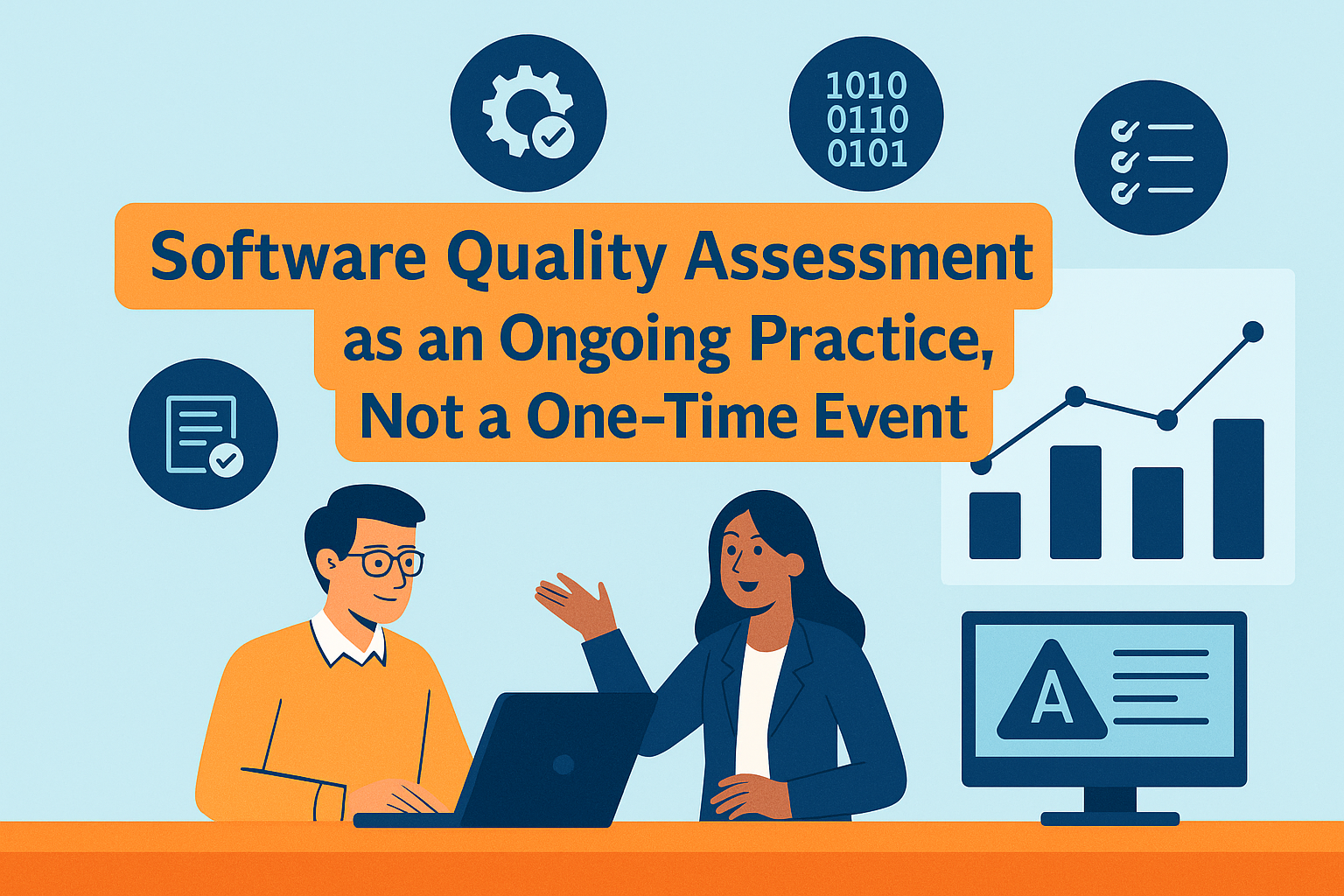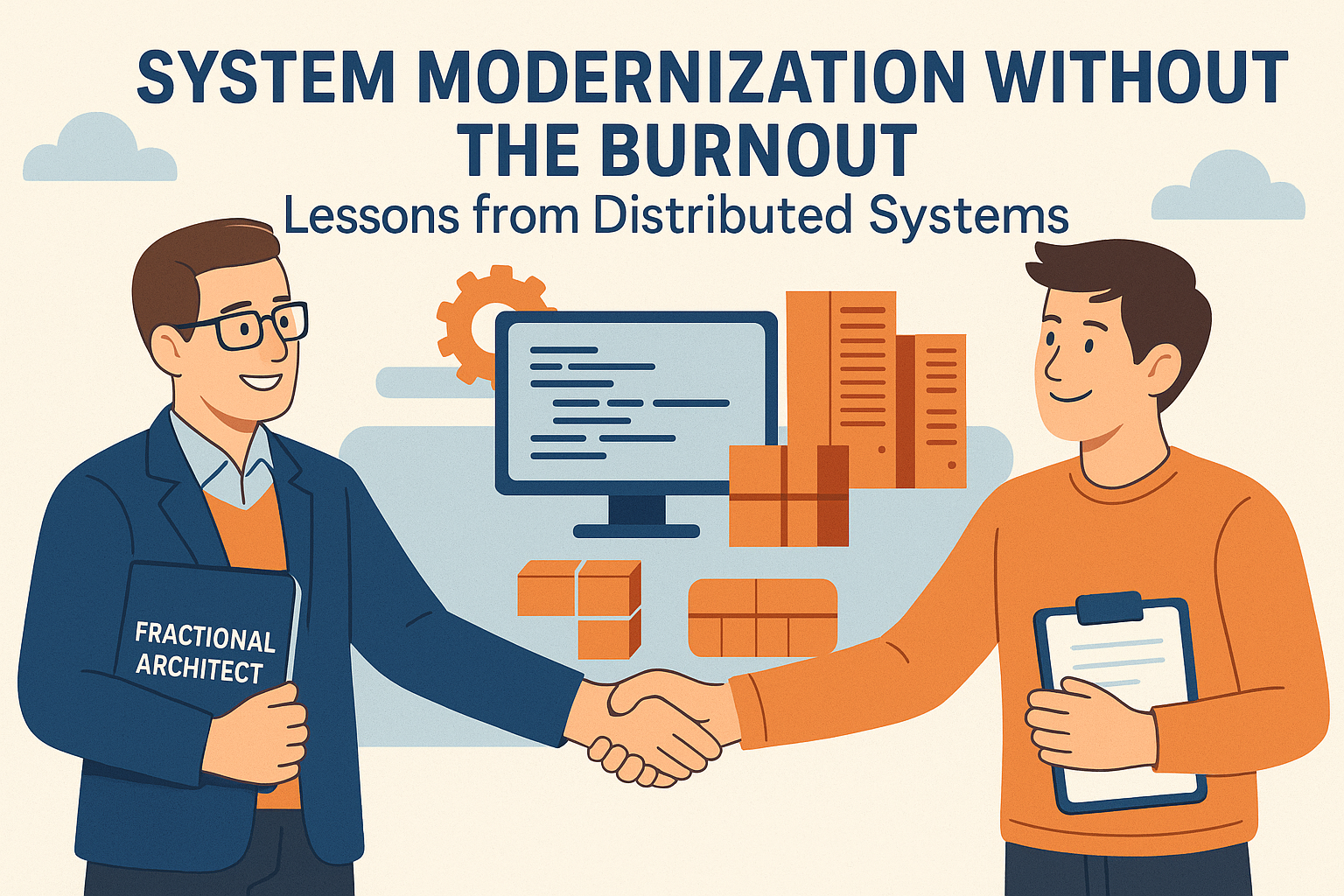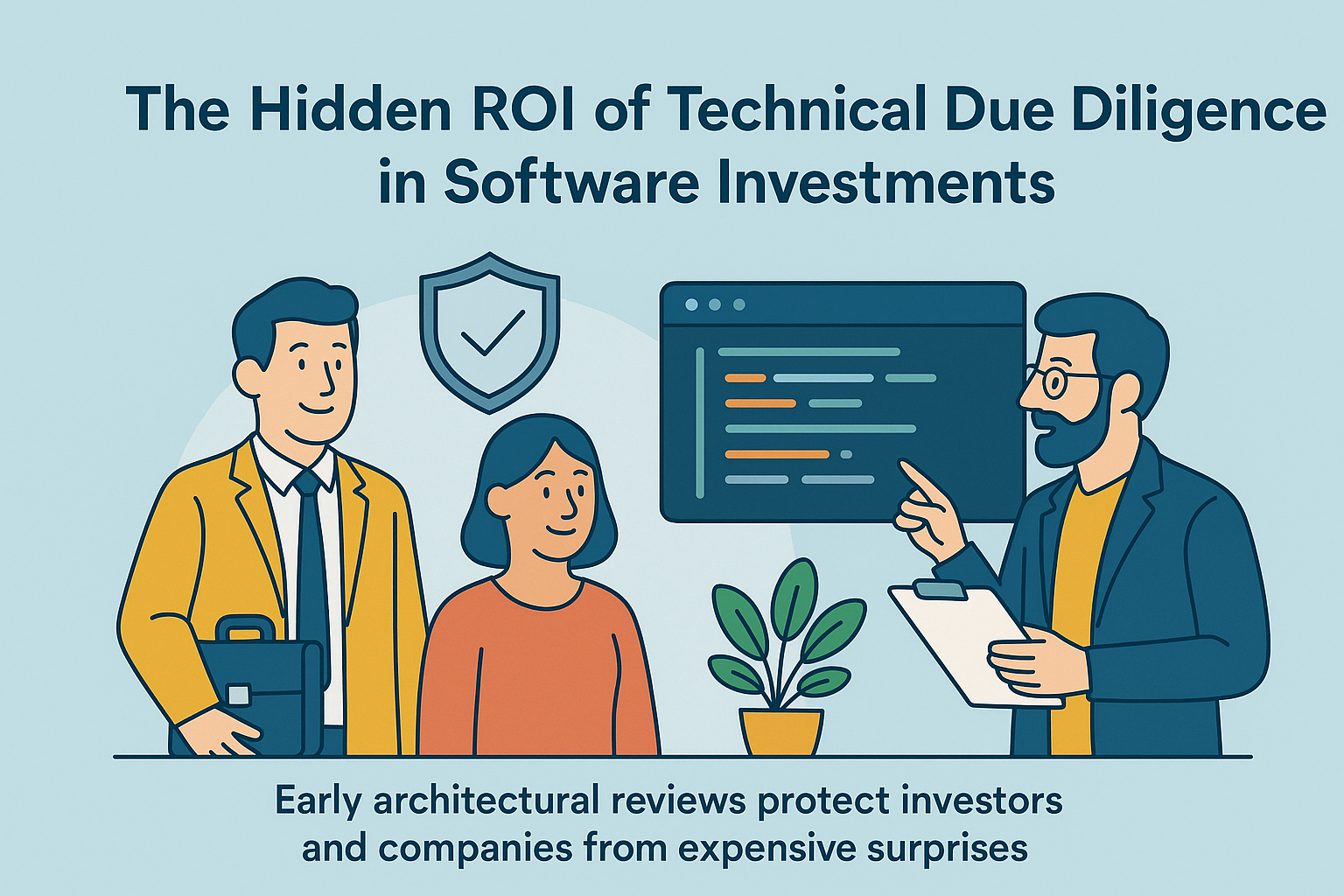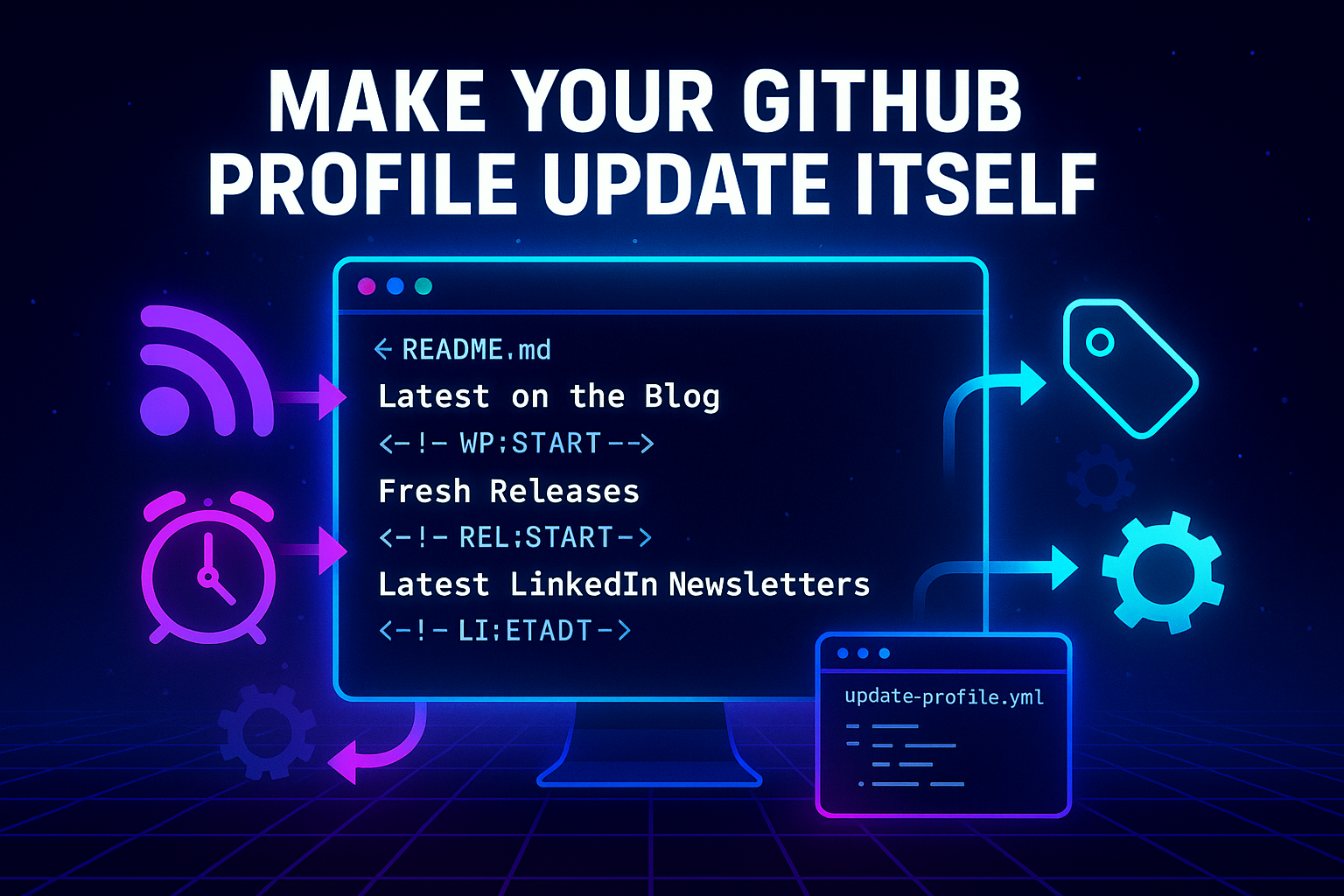
Software Quality Assessment as an Ongoing Practice, Not a One-Time Event
- Chris Woodruff
- October 1, 2025
- Business of Software
- business of software
- 0 Comments
If you're looking to enhance your organization's systems through quality assessments, I would love to connect with you. Let's explore how I can contribute to your success. You can easily reach me via my contact page here: https://www.woodruff.dev/contact/
Quality checks are often treated as a box to tick at release time
Many organizations still think of quality as something to verify at the end of a project. The testing phase becomes a ritual where checklists are completed, signatures are collected, and the release is declared ready. This approach reduces quality to a formality rather than a discipline. It treats software like a product leaving a factory line, where a single inspection supposedly determines whether it is fit for customers.
The truth is that software never stops changing. Code is constantly written, updated, or retired. Systems evolve as businesses adapt to new markets and requirements. A quality check at release time might confirm that a snapshot of the system works, but it cannot guarantee that the software will remain stable, secure, and maintainable in the months and years that follow.
One-time assessments do not capture long-term health
When organizations limit quality to one-time audits, they miss the opportunity to understand the ongoing health of their systems. Audits often highlight issues, but they rarely provide mechanisms for addressing the root causes of recurring defects. Instead, teams repeat the cycle of testing at release time, discovering problems late, and rushing to patch them under pressure.
This cycle damages morale and leads to wasted effort. Developers become frustrated by repeated firefighting. Customers lose confidence when updates cause regressions. Leadership sees costs rise as fixes consume time that could have been used for new features. In short, one-time assessments deliver momentary assurance while ignoring the continuous nature of software development.
Make quality a continuous architectural practice
To achieve sustainable quality, organizations must shift from thinking of quality as an audit to treating it as an architectural principle. Quality becomes part of the design and construction process itself, not something added at the end. This requires tools, practices, and cultural habits that reinforce continuous improvement.
When quality is built into daily work, teams no longer scramble to catch problems at the last moment. Instead, they identify and resolve issues as they arise. This steady, incremental approach creates systems that are more reliable, easier to maintain, and less costly in the long run.
Approaches to continuous quality
Automated testing and CI/CD gates
Automation ensures that quality checks happen consistently, not sporadically. Unit tests, integration tests, and regression tests can run automatically with every code commit. Continuous integration and delivery pipelines provide gates that prevent unstable code from reaching production. Automation creates a safety net that catches errors before they affect users.
Code quality metrics
Metrics give teams visibility into the state of their code. Measurements such as maintainability, test coverage, and complexity highlight areas of risk. These metrics should not be viewed as punitive but as guidance. A module with rising complexity can be flagged for refactoring before it becomes unmanageable. Regular tracking of metrics creates accountability and keeps teams focused on long-term health.
Performance baselines tracked over time
Performance should be monitored as carefully as functionality. Establishing baselines allows teams to detect regressions early. If response times increase or memory usage rises, alerts can prompt an investigation before users complain. Tracking performance over time ensures that growth in features does not come at the expense of speed or reliability.
Case example: Embedding quality into sprints
One organization struggling with recurring incidents decided to embed quality reviews directly into its sprint process. Instead of running separate audits, each sprint included automated testing enhancements, metric reviews, and performance checks. Developers reviewed results as part of their daily stand-ups, treating quality indicators like any other task.
Within months, the number of production incidents declined significantly. The team no longer spent its energy fixing issues after release. Instead, they built confidence that new features would integrate smoothly. Leadership noticed the difference in customer satisfaction and in the predictability of delivery schedules. Quality was no longer a bottleneck at release time but an active contributor to business outcomes.
True quality is continuous, a process, not a phase
Sustainable quality is not produced by occasional audits. It comes from repeatable, measurable practices that operate continuously. Software will always change, and with that change comes risk. The only way to manage this risk is through a culture and architecture that make quality part of every step.
Organizations that embrace continuous quality benefit from fewer defects, lower costs, and more satisfied customers. The message is clear: true quality is a process, not a phase.





